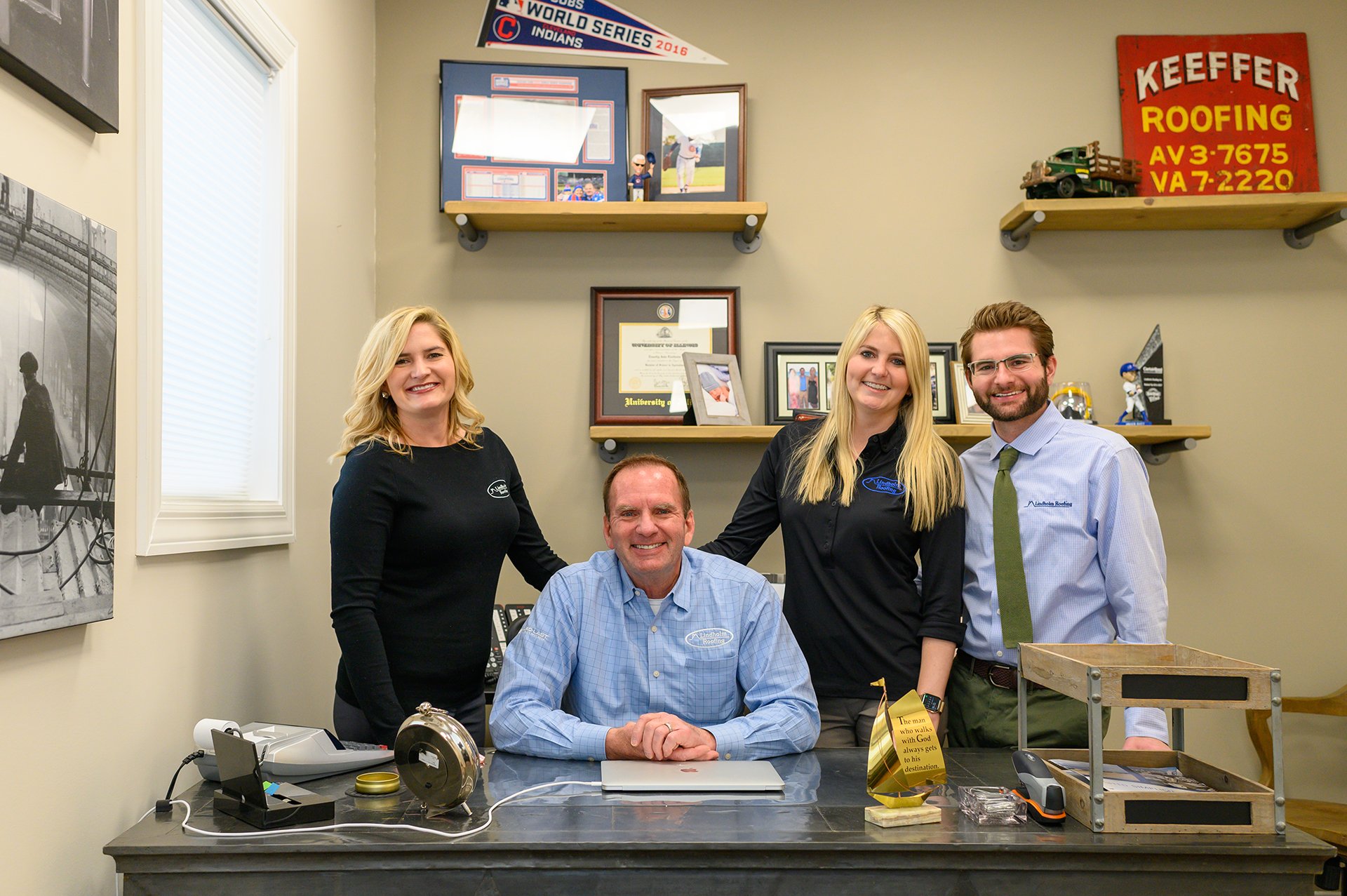
You might consider a career in plumbing, as a pipefitter or steamfitter if you are interested in building or fixing plumbing systems. The employment of plumbers, pipefitters, and steamfitters varies with the general economy, and there are periods when construction activity is low. However, even when the economy is weak, the need for plumbing systems will continue.
Jobs for plumbers, boilerfitters, and steamfitters
The installation and repair pipelines are part of plumbing jobs. They may also install heating and cooling equipment and mechanical controls. Some may even install sprinkler systems. Whatever the plumbing job, it is crucial to move fluids or gases through pipes. There are many different types of pipes, and plumbers and pipefitters will be needed for each.
Plumbing jobs are expected to increase by about 4% over the next decade. Because of the aging baby boomers and increasing population, there will be a greater demand for plumbers. As more construction projects and renovations happen, it is likely that the demand will rise for plumbers. New fire safety regulations will also boost the demand for plumbers.

Education requirements
You must have completed some formal education to be able to become a steamfitter, plumber, or pipelayer. There are many apprenticeship programs offered by local unions or other industry groups. A certificate or associate degree program can be obtained through a community college. These programs usually focus on blueprints and hands-on mechanical and plumbing work. They may also cover components service or repair and code study.
Each state has its own education requirements for steamfitters, plumbers, and pipefitters. New York City's licensing requirements for plumbers, pipefitters, and steamfitters are three-years in duration, while they are annual in Onondaga county, New York. Some municipalities, such as New York City, require continuing education hours to maintain their license. However, many smaller cities don't require continuing education hours.
Duties of the job
Pipefitters and plumbers perform many tasks at home and work. They install, maintain and test heating and plumbing systems. They might also be responsible for other tasks, such as checking gray water systems and installing automatic commands. Many plumbers and pipelinefitters have an assistant who assists them in their work.
Many apprentices to plumbing and steamfitter trades learn the trade in a four-to five-year apprenticeship. These programs combine classroom study with on-the job training. Apprentices are taught safety, blueprint reading and plumbing code. Apprentices also learn mathematics, applied physics and chemistry. Apprentices might also work as helpers in other areas such as transporting materials and cleaning work areas.

You have many career options
The number of job opportunities for plumbers and steamfitters will increase by 12 per cent between 2014-2024. This is due to the increase in construction and demand for plumbing services. Employers still face difficulties finding qualified workers, however. O*NET is one source that provides important information about workers.
Apprenticeship programs in steamfitting and pipefitting offer students hands-on experience. Apprentices receive 2,000 hours of paid on-the-job training each year and some technical instruction, such as plumbing codes, safety procedures, and blueprint reading. Apprentices are also offered classes in applied physics, chemistry, and mathematics. Some unions also offer preapprenticeship programs.
FAQ
Where can I obtain more information about building permits
Ask your local government office (for instance, NSW Local Government Association), or talk to your real estate agent. These authorities should be able advise you on the steps to take in order to get permission to build.
What is a Service Agreement Template?
A service agreement template is a document that contains all the details of a particular service agreement. This template can be used to create a standard service agreement.
Service agreements are important as they establish the relationship between two people.
They help both parties understand each other's needs and expectations. They also make sure both sides know what they are agreeing to before they sign the deal.
Do I need a legal representative to sign my service agreement?
No. To sign service agreements, you don't have to be a lawyer. However, you may want to appoint one as a precautionary measure.
Legal representatives are people who represent another person. You may wish to appoint someone to represent you professionally if you are a contractor.
This could involve hiring a solicitor, accountant, or other professional. It could also mean someone being appointed to manage your business interests.
In most cases, the client will appoint a legal representative. But sometimes, a legal representative is hired by the vendor.
In both cases, having a lawyer means that you are legally covered.
Is there a limit to the amount of money I can spend on the project?
No. Your SCA will set a maximum cost for the project. You may be able negotiate a lower price from the contractor.
Who pays for the service?
Your SCA specifies which party is responsible for paying for the service. The service provider may be entitled to compensation if it isn't paid in full.
Do I have any other options?
Yes!
There are many methods you can prepare for negotiation.
One way to do this is to put down the terms & conditions of the agreement
Statistics
- (ii) Name, address, and telephone number of each proposed first-tier subcontractor with a proposed subcontract estimated at $10 million or more. (acquisition.gov)
- Reasonable late fees go up to 25% per year on unpaid sums. (lawdepot.com)
- (v) Place or places of performance of the prime contract and first-tier subcontracts estimated at $10 million or more, if known. (acquisition.gov)
- (3) The contracting officer may provide for a contract price adjustment based solely on a percentage rate determined by the contracting officer using a published economic indicator incorporated into the solicitation and resulting contract. (acquisition.gov)
- While we offer all our high-quality services at competitive prices, we know that many who need our services are on fixed incomes, so we offer a 10 percent discount for seniors and military members. (homeservicecontractorsinc.com)
External Links
How To
What should a service agreement include?
An SA is a key component of any business relationship. It will outline what you expect and how it will be achieved. The SA also specifies when and where you expect each party to fulfill its contractual obligations.
A successful SA must include these key elements:
-
The scope of work and services required by both parties.
-
Information about payment terms, including the start and end dates for delivery of goods/services.
-
A price agreed upon for the project.
-
Any additional costs such as VAT etc.
-
Whether there are other topics that require discussion.
-
Who is responsible if the job goes wrong?
-
How to resolve disputes
-
What happens when one party breaks the contract?
-
What happens in the event of a dispute.
-
When does this contract go into effect
-
What happens if one or both of the parties fail to perform.
-
How long do you have to pay invoices?
-
Who pays for travel expenses?
-
Where the money comes.
-
What happens if the client decides to change his mind about the project.
-
What happens if the supplier isn't there?
-
Who has access to the site during construction?
-
What happens when the customer cancels a project?
-
What happens if the product fails?
-
What happens when the manufacturer refuses supply?
-
What happens if equipment fails?
-
What happens if the project takes longer than expected.
-
What happens when the work is not completed within the specified timeframe?
-
What happens when the project's quality falls below what you expected?
-
What happens if costs exceed expectations?
-
What happens if materials are not delivered on time?
-
What happens if the material arrives broken?
-
What happens if the products aren't up to standard?
-
What happens if the job is canceled before completion.
-
What happens if the company goes bust.